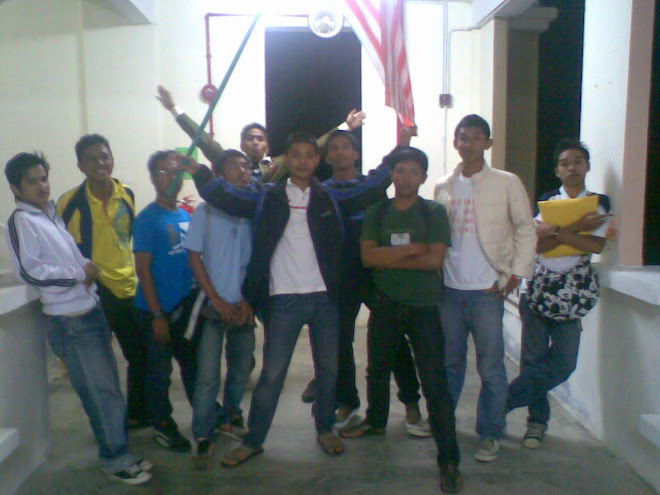ELECTRONICS
In electronics, an integrated circuit (also known as IC, microcircuit, microchip, silicon chip, or chip) is a miniaturized electronic circuit (consisting mainly of semiconductor devices, as well as passive components) that has been manufactured in the surface of a thin substrate of semiconductor material. Integrated circuits are used in almost all electronic equipment in use today and have revolutionized the world of electronics. A hybrid integrated circuit is a miniaturized electronic circuit constructed of individual semiconductor devices, as well as passive components, bonded to a substrate or circuit board.

ELECTRICAL ENGINEERING
Electrical engineering, sometimes referred to as electrical and electronic engineering, is a field of engineering that deals with the study and application of electricity, electronics and electromagnetism. The field first became an identifiable occupation in the late nineteenth century after commercialization of the electric telegraph and electrical power supply. It now covers a range of subtopics including power, electronics, control systems, signal processing and telecommunications. Electrical engineering may or may not include electronic engineering. Where a distinction is made, usually outside of the United States, electrical engineering is considered to deal with the problems associated with large-scale electrical systems such as power transmission and motor control, whereas electronic engineering deals with the study of small-scale electronic systems including computers and integrated circuits.[1] Alternatively, electrical engineers are usually concerned with using electricity to transmit energy, while electronic engineers are concerned with using electricity to transmit information.

INFORMATION AND COMMUNICATION TECHNOLOGY
Although,in the common usage it is often assumed that ICT is synonymous with IT; ICT in fact encompasses any medium to record information (magnetic disk/tape, optical disks (CD/DVD), flash memory etc. and arguably also paper records); technology for broadcasting information - radio, television; and technology for communicating through voice and sound or images - microphone, camera, loudspeaker, telephone to cellular phones. It includes the wide variety of computing hardware (PCs, servers, mainframes, networked storage), the rapidly developing personal hardware market comprising mobile phones, personal devices, MP3 players, and much more; the full gamut of application software from the smallest home-developed spreadsheet to the largest enterprise packages and online software services; and the hardware and software needed to operate networks for transmission of information, again ranging from a home network to the largest global private networks operated by major commercial enterprises and, of course, the Internet. Thus, "ICT" makes more explicit that technologies such as broadcasting and wireless mobile telecommunications are included.
Although,in the common usage it is often assumed that ICT is synonymous with IT; ICT in fact encompasses any medium to record information (magnetic disk/tape, optical disks (CD/DVD), flash memory etc. and arguably also paper records); technology for broadcasting information - radio, television; and technology for communicating through voice and sound or images - microphone, camera, loudspeaker, telephone to cellular phones. It includes the wide variety of computing hardware (PCs, servers, mainframes, networked storage), the rapidly developing personal hardware market comprising mobile phones, personal devices, MP3 players, and much more; the full gamut of application software from the smallest home-developed spreadsheet to the largest enterprise packages and online software services; and the hardware and software needed to operate networks for transmission of information, again ranging from a home network to the largest global private networks operated by major commercial enterprises and, of course, the Internet. Thus, "ICT" makes more explicit that technologies such as broadcasting and wireless mobile telecommunications are included.


